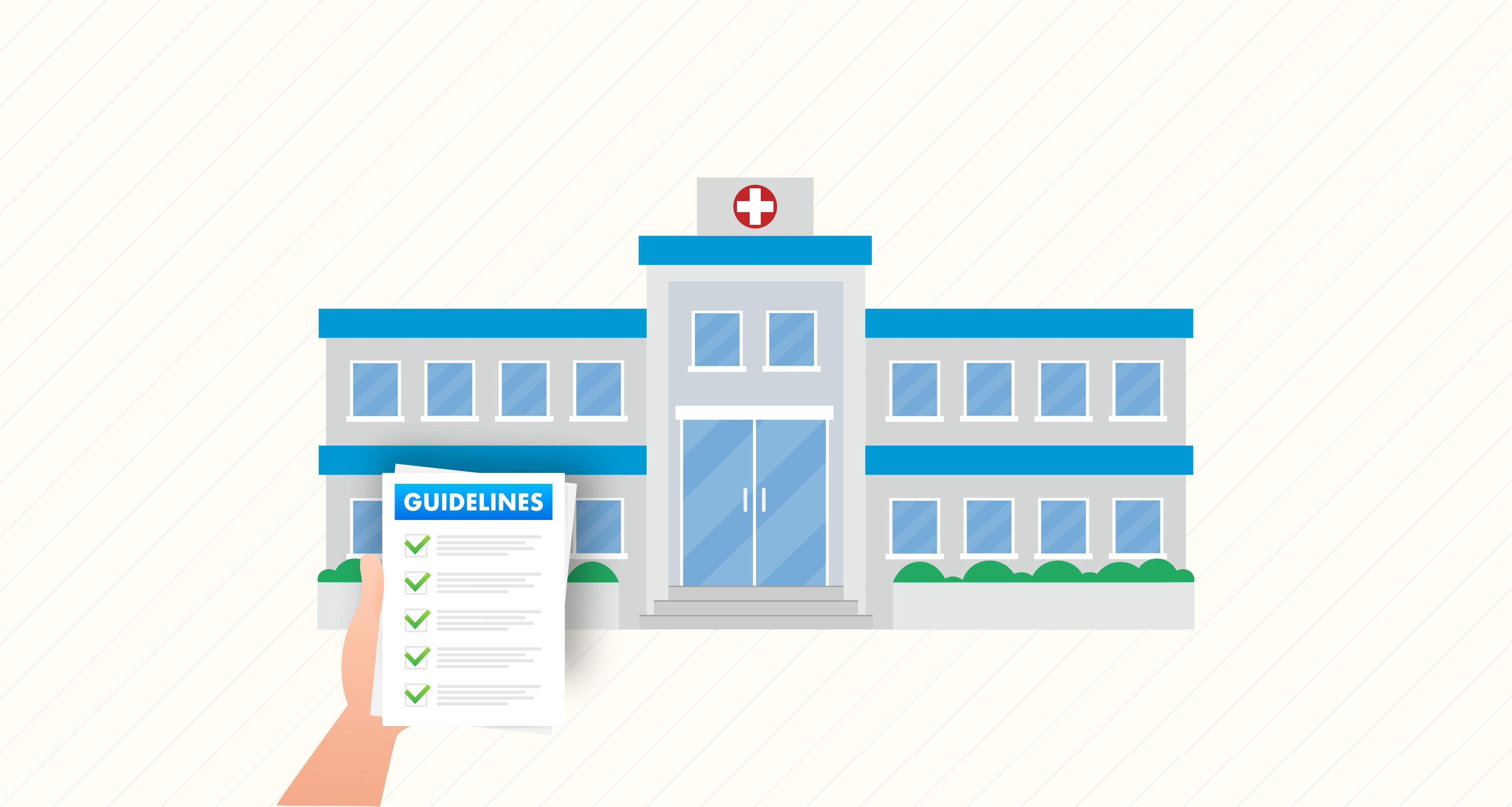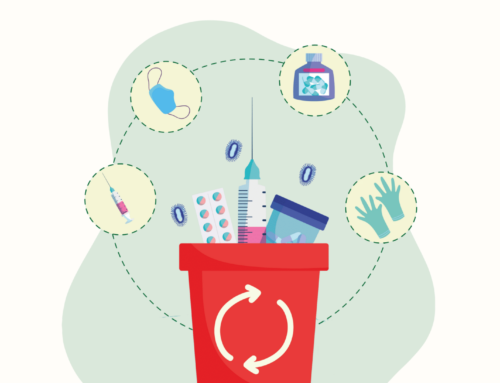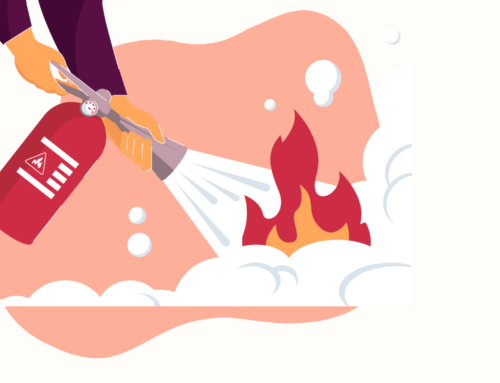
Healthcare workers face some of the greatest job-related risks to their safety and well-being. To address this need, the Occupational Safety and Health Administration (OSHA) provides regulations and standards that guide employers in ensuring the safest work environments possible. Organizations of all types need to implement and maintain the latest OSHA-based practices to evolve with the changing healthcare landscape.
The Need for OSHA Guidelines for Healthcare Workers
The Occupational Safety and Health Act mandates that employers “provide workers with a safe workplace that does not have any known hazards that cause or are likely to cause death or serious injury.” The OSH Act led to the creation of OSHA, an agency that enforces workplace safety regulations. OSHA also provides access to information, training resources, and guidance on improving working conditions.
The healthcare industry has relatively high injury and illness rates compared to other sectors, underscoring the need for OSHA guidelines for healthcare workers. Hospitals are among the most hazardous places to work. According to OSHA, there are more than five work-related injuries for every 100 full-time employees, a rate that’s twice as high as the private sector.
Healthcare workers face various workplace hazards:
- Bloodborne pathogens and biological hazards
- Chemical and drug exposure
- Dangerous lifting, repetitive motion, and other ergonomic hazards
- Exposure to anesthetic gas
- Laboratory-related mishaps
- X-ray exposure and other laser hazards
- Threats to respiratory health
- Workplace violence
Given the various risks that hospital staff and other healthcare workers face, it’s essential to mitigate these threats using multiple approaches. These include providing personal protective equipment (PPE), implementing safety protocols, and providing comprehensive safety training for all staff who may encounter one or more hazards.
Guidelines for OSHA Specific to Healthcare
OSHA requires that healthcare organizations and medical practices must comply with industry-specific standards:
- PPE Standard: Healthcare organizations must make available PPE that is appropriate for the types of hazards workers can be exposed to. PPE includes gowns, gloves, respirators, and eye protection. This standard also addresses proper sanitization, use, and storage of PPE.
- Bloodborne Pathogens Standard: OSHA guidelines for healthcare facilities dictate that measures must be taken to protect workers against bloodborne pathogens due to exposure.
- Hazard Communication Standard: Employers must fully disclose to workers all the potential hazards of their jobs and environments.
- Ionizing Radiation Standard: Exposure to ionizing radiation must not surpass pre-determined limits.
- Medical Office and Practice OSHA Inspections Standards: Employers must regularly inspect their environments for additional hazards and exposures not addressed by the above standards. They must also engage in continuous monitoring between inspections.
To adhere to these industry-specific OSHA standards, healthcare organizations must engage in and promote the following practices:
- Classify hazards relevant to the workplace and lower the risk of exposure to acceptable levels according to industry standards.
- Provide full disclosure about all known health and safety risks.
- Track and keep records of work-related accidents, whether they lead to illness, injury, or death.
- Report any serious work-related injury, hospitalization, or death to OSHA.
- Make injury cases, illness data, and OSHA violations available to all employees.
- Conduct annual OSHA compliance training for all workers.
- Provide PPE at no cost when it is necessary and requested.
- Protect workers from discrimination or retaliation if they report hazards or exercise their rights under the OSH Act.
Hospital work can be rewarding, but it’s also potentially hazardous. At Compliancy Group, we guide healthcare organizations of all types in implementing policies and following guidelines for OSHA specific to healthcare. Contact us today to learn about our OSHA compliance software, employee training, and other resources to help you manage compliance and grow your business.









